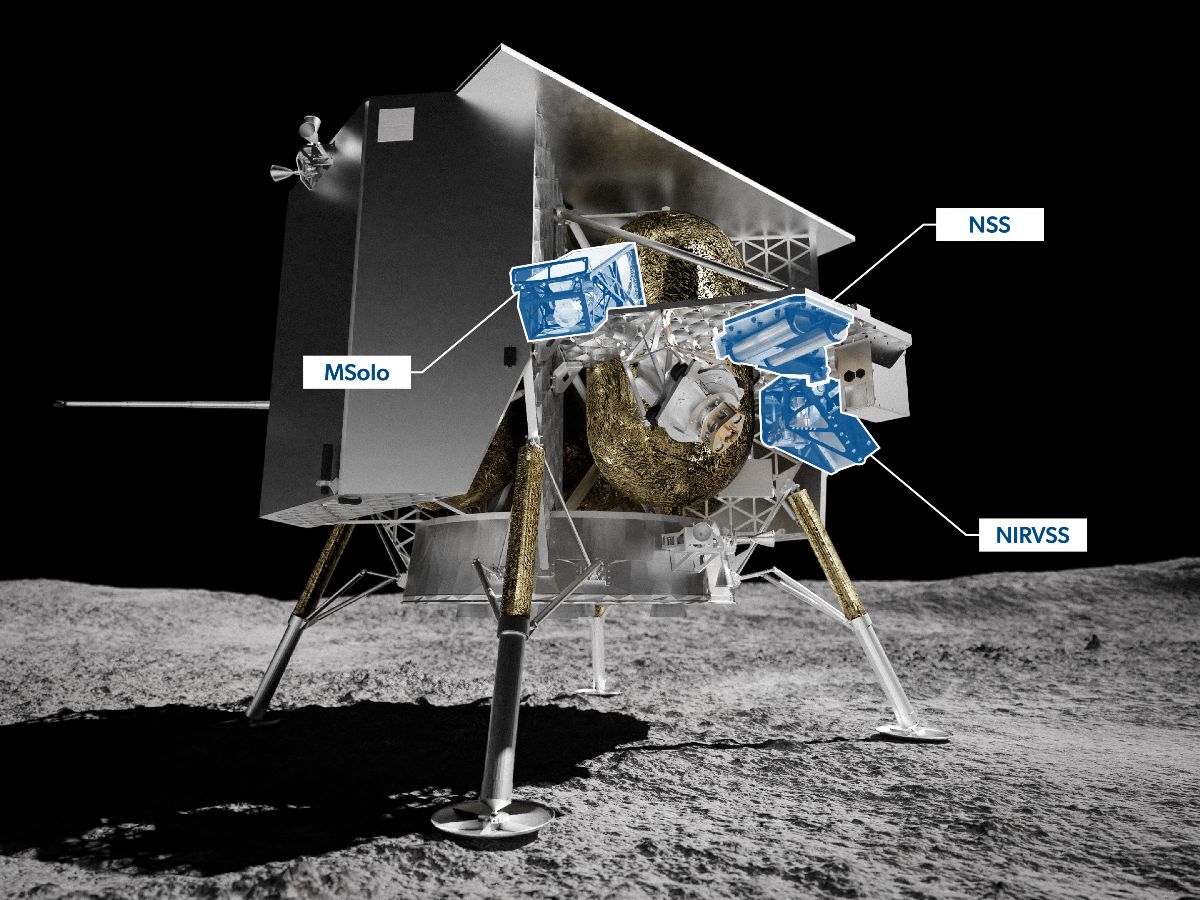6 NASA Experiments on Materials, Benefitting Space and Earth

Did you know that NASA conducts ground-breaking research in space on materials like metals, foams, and crystals? This research could lead to next-generation technology that both enables deep-space exploration and benefits humanity.
Here are six studies scientists have conducted on the International Space Station that could have profound implications for future space travel and also improve products widely used on Earth:
- 01Advancing construction and repairing techniques with liquid metals Researchers are looking at the effects of microgravity on the liquid metals formed during brazing, a technology used to bond materials at temperatures above 450 degrees Celsius. The Brazing of Aluminum alloys In Space (BRAINS) experiment aboard the International Space Station studies how alloys join with a range of other materials, such as ceramics or other metals.
In space, brazing could be used to construct vehicles, habitats, and other systems needed for space missions, and repair them if damaged. Advanced brazing technologies discovered in space may also be used in the construction and repair of structures on Earth. - 02Improving materials used for high-powered lasers Another study on the space station is looking at the growth of semiconductor crystals based on Zinc selenide (ZnSe) in microgravity. ZnSe is an important semiconductor used on Earth for optical devices and infrared lasers.
Researchers are investigating the impact of microgravity on the growth of these crystals and comparing the results to those grown on Earth. A better understanding of the impact of microgravity on crystal growth could open the door to expanded commercial use of space. - 03Researching ways to make stronger metal Metal alloys, which are created by combining two or more metallic elements, are used in everything from hardware to kitchen appliances, automobiles, and even the space station itself. Alloys are created by cooling a liquid metal until it hardens into a solid.
Researchers on the space station are investigating how metal alloys melt and take shape in a controlled microgravity environment. While brazing aims to repair or bond two separate materials, this experiment looks at casting or molding things from liquid metals. In metal castings, the solid grows by forming millions of snowflake-like crystals called dendrites. The shape of the dendrites affects the strength of the metal alloys.
Findings are expected to significantly impact our ability to produce metals with greater strength, for both space and on Earth applications. - 04Exploring stability and mechanics of foams and bubbly liquidsStudying how foams and bubbly liquids evolve in microgravity over time is another important NASA investigation. These experiments will provide guidance for how to control the flow and separation of bubbly liquids. This knowledge is crucial for developing a water recovery and recycling device for future space exploration to Mars.
On Earth, foams are found in everything from food and cosmetics to paper and petroleum. A better understanding of their stability and mechanics is important for creating sustainable, more efficient processes and improved materials. - 05Improving performance and lowering cost of “superglass” Scientists are conducting experiments on supercooled metal oxides (space soil and rock) to better understand how molten materials can be processed in microgravity. Manufacturing new products in space is critical to long-term efforts to develop habitats in space and on other planets. It will require the use of available resources in space, including soil and rocks.
Data from the research also has far-reaching implications on Earth. It could help improve the performance and lower the cost of materials that are used in the production of cell phone displays, lasers, and glass for automobiles. - 06Advancing 3D printing and manufacturing through “soft matter” researchSpace exploration to Mars and beyond will require astronauts to have the ability to build new equipment and materials in space. To make that a reality, space station researchers conducted a number of experiments looking at the behavior of colloids, or “soft matter,” in a microgravity environment.
This research could have a variety of applications on Earth, including the development of chemical energy, improvements to communications technologies, and enhancements to photonic materials used to control and manipulate light.
Related Resources:
- Biological and Physical Sciences Investigations
- Space Station Research Explorer
- Superglass: The Future of Glass Video
NASA’s Biological and Physical Sciences Division pioneers scientific discovery and enables exploration by using space environments to conduct investigations not possible on Earth. Studying biological and physical phenomenon under extreme conditions allows researchers to advance the fundamental scientific knowledge required to go farther and stay longer in space, while also benefitting life on Earth.





